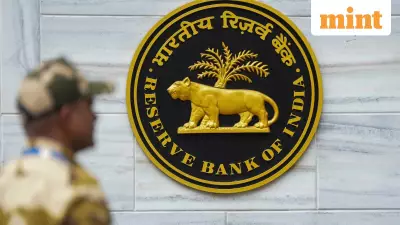
Global Cash Usage in 2025: A Surprising Resilience
In an era dominated by digital finance, physical currency continues to be the lifeblood for millions worldwide. A new report reveals the countries where cash remains overwhelmingly dominant for everyday transactions in 2025, painting a picture of a world still deeply connected to tangible money.
The Top 10 Nations Dominated by Cash Transactions
Topping the global list is Myanmar, where a staggering 98% of daily transactions are conducted using cash. This extreme reliance stems from widespread distrust in financial institutions and limited banking access, particularly outside urban centers. Decades of economic instability have conditioned citizens to store and exchange value almost exclusively through physical currency.
Close behind is Ethiopia, where cash facilitates approximately 95% of payments. Financial inclusion remains low, with many Ethiopians in remote areas having no access to banks or digital payment applications. From purchasing daily vegetables to receiving wages, commerce remains firmly cash-driven.
Cambodia and Nepal both show approximately 90% cash usage. In Cambodia, while mobile wallets and QR code payments are emerging in cities like Phnom Penh, rural areas continue to operate almost entirely on banknotes. The digital transition is hampered by a persistent urban-rural financial infrastructure gap.
Pakistan ranks among the top 10, with around 90% of everyday transactions performed in cash. The country's substantial informal economy plays a crucial role, with daily wage workers and small business owners often preferring cash to avoid complex banking procedures and, in some cases, taxation.
India's Unique Position: High Cash Use Amid Digital Revolution
While India doesn't feature in the top 10 cash-using nations, approximately 70% of all transactions in the country still involve cash. This figure is particularly noteworthy given India's simultaneous leadership in digital payment innovation.
The government-backed Unified Payments Interface (UPI) has revolutionized how millions transact, enabling cashless payments with just a smartphone. UPI has made digital transactions quick, simple, and accessible to both online merchants and street vendors alike, creating a unique dual economy where traditional cash usage coexists with cutting-edge digital infrastructure.
The Future of Physical Currency
Globally, cash usage has declined by about 1-2% annually over the past decade, driven by the growth of mobile wallets, internet banking, and contactless cards. However, physical money remains the most convenient, reliable, and private form of payment for millions, especially those without access to formal banking institutions.
The complete list of top 10 countries with highest cash usage includes:
- 1. Myanmar - 98%
- 2. Ethiopia - 95%
- 3. Gambia - 95%
- 4. Albania - 90%
- 5. Cambodia - 90%
- 6. Laos - 90%
- 7. Lebanon - 90%
- 8. Nepal - 90%
- 9. Pakistan - 90%
- 10. Iraq - 85%
This data underscores that despite the global digital payment trend, cash continues to play a vital role in economies worldwide, particularly in nations with limited banking infrastructure or high levels of informality in their economic systems.





